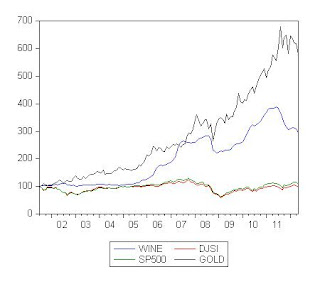This week I am making my travel arrangements for the Academy of Management Meetings in Boston. Whenever I travel to a major city I like to have an idea of how green the city is. The Economist Intelligence Unit in sponsorship with Siemens has created the
US and Canada Green City Index. In constructing this index, 27 Canadian and US cities are ranked on categories like CO2 emissions, energy use, land use, buildings, transport, water usage, waste, air pollution and environmental governance. Boston ranks 6 on the Green City Index (higher than the city where I work, Toronto). Boston is the greenest city that the AOM has been to in many years. San Fransisco ranks as the greenest city while Detroit ranks 27 th.

The Green City Index is based on a city's ranking in several categories. Boston's ranking in the categories are: CO2 emissions (11), energy use (2), land use (4), buildings (10), transport (17), water usage (2), waste (15), air pollution (14), and environmental governance (15). Boston does particular well in the categories of energy use, land use and water use. Boston's low carbon dioxide emissions are helped by consuming less energy and using less coal in electricity generation. Boston also has a comprehensive plan for energy conservation initiatives and the Solar Boston project which aims to encourage wide-spread adoption of solar energy. At just 74 gallons of water per person per day, Boston has the second lowest level of water consumption of the cities ranked (New York has the lowest water consumption). Boston is a high density city which gives it a high ranking on the land use scale.
Green buildings, transport and air pollution are areas where Boston could do better. Boston has 6.5 buildings per 100,000 people that are LEED certified. This is about average. Boston has a relatively high rate of non-automobile commuting but the city's public transport options are limited. More public transport in more places would help to improve Boston's transportation ranking. Boston could also improve on recycling, especially the recycling of hazardous material. Boston's low ranking on environmental governance has to do with the fact that there is no coherent action plan for green initiatives but rather a series of advisory plans.



